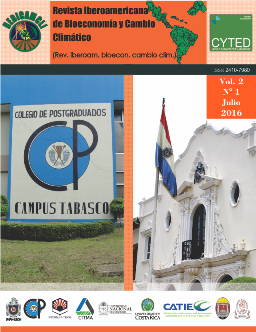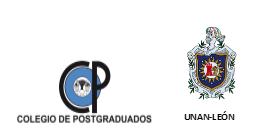Factores psicológicos que influyen en la conducta agresiva de niños y niñas de 8 años de edad
DOI:
https://doi.org/10.5377/ribcc.v2i1.5695Palabras clave:
Estilo de crianza, Autoestima, Complejos, Disfunciones, Aprendizaje socialResumen
El presente ensayo se centró en una revisión bibliográfica sobre la conducta agresiva infantil. Se utilizó un enfoque basado en la estabilidad relativa en el transcurso del tiempo y su conexión consistente a una variedad de resultados negativos, incluyendo la delincuencia, el uso de drogas o sustancias químicas, problemas de conducta, poca adaptación y dificultades académicas (como notas bajas, suspensión, expulsión y abandono de la escuela).
Una de las característica de la familia nicaragüense es el ser extensa. Es muy raro encontrar un hogar compuesto solamente por la pareja y los hijos o por la mujer sola con sus hijos. La presencia de abuelos, tíos u otros parientes es bastante común. Los factores económicos determinan en buena medida esta realidad. La escasez de vivienda y la gran cantidad de mujeres que tienen que sostener el hogar o reforzar su economía- requieren la presencia de otros adultos en el hogar, que se transforma así en un pequeño y eficaz núcleo de organización, en donde todos los miembros son interdependientes y en donde las responsabilidades están repartidas en función de las posibilidades de cada uno y de la común supervivencia de todos.
Las dificultades familiares como: discordia entre pareja, poco control de impulsos de los padres, alcoholismo, hijos no deseados, trastornos nerviosos entre otros contribuyen a la agresión infantil. El medio familiar es el lugar de génesis y desarrollo de la personalidad de niños específicamente influida por la imitación del comportamiento del padre, madre y demás personas del contexto familiar y social
Descargas
3622
HTML 0
Publicado
Cómo citar
Licencia
Derechos de autor 2016 Rev. iberoam. bioecon. cambio clim.

Esta obra está bajo una licencia internacional Creative Commons Atribución-NoComercial-CompartirIgual 4.0.
Copyright © Rev. iberoam. bioecon. cambio clim. (Colegio Postgraduados y UNAN-León, Escuela de ciencias agrarias y veterinarias/ Departamento de Agroecología/Centro de Investigación en Bioeconomía y Cambio Climático (CIByCC).







